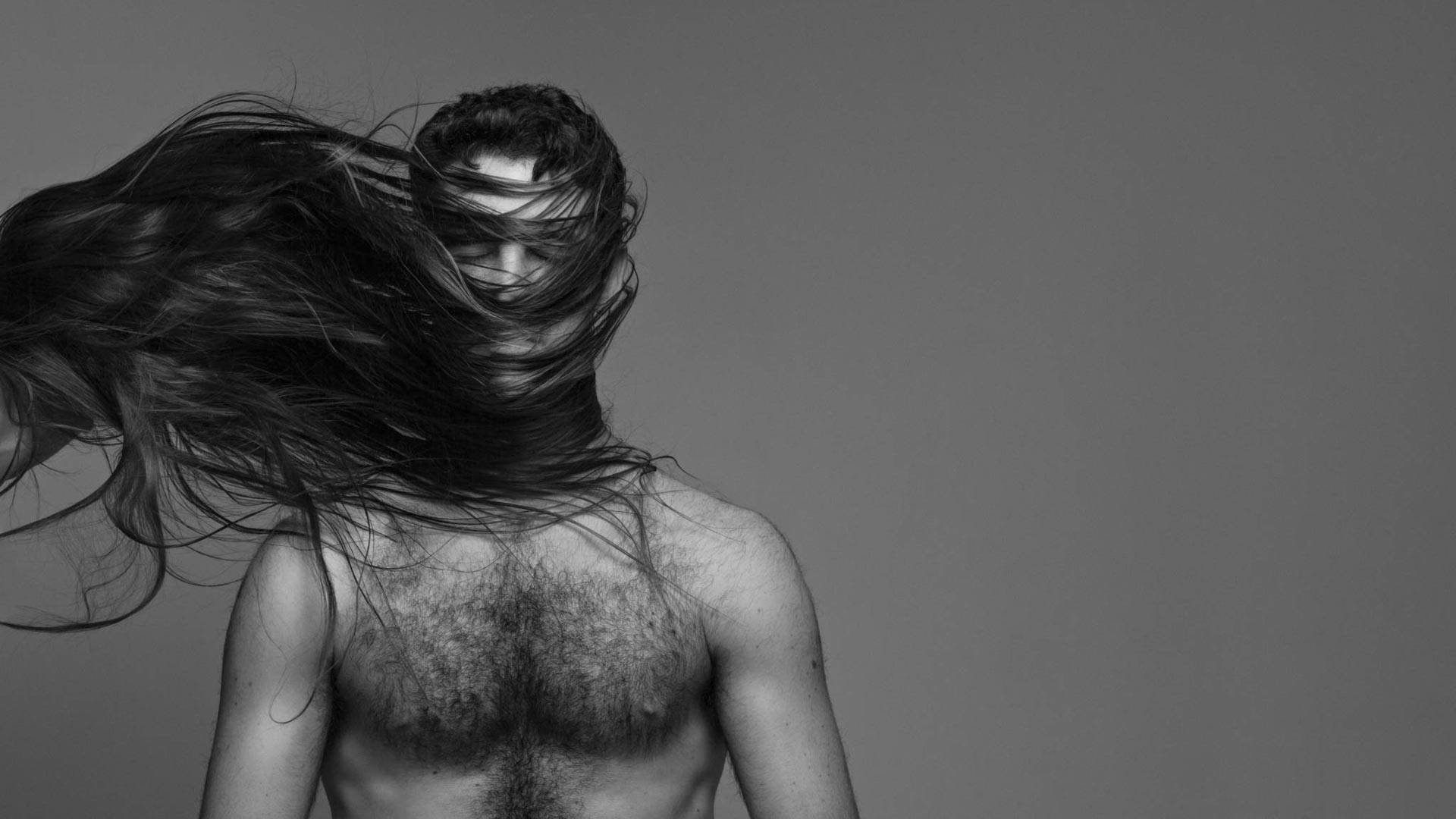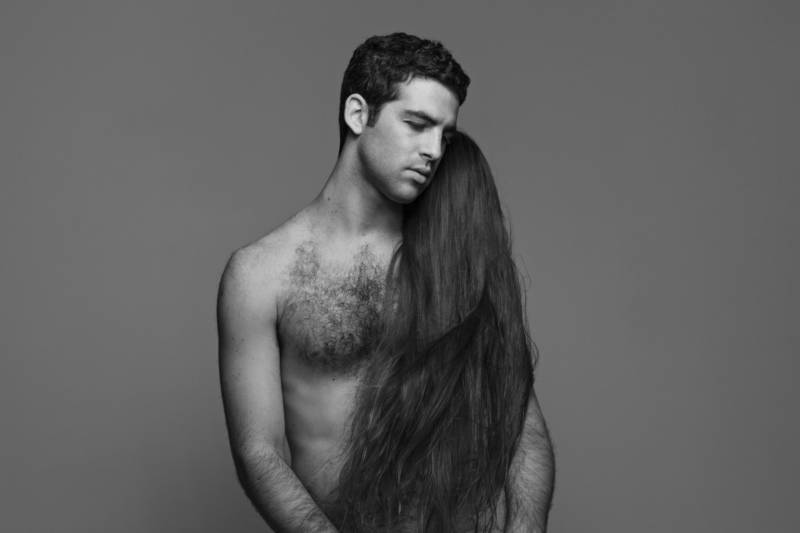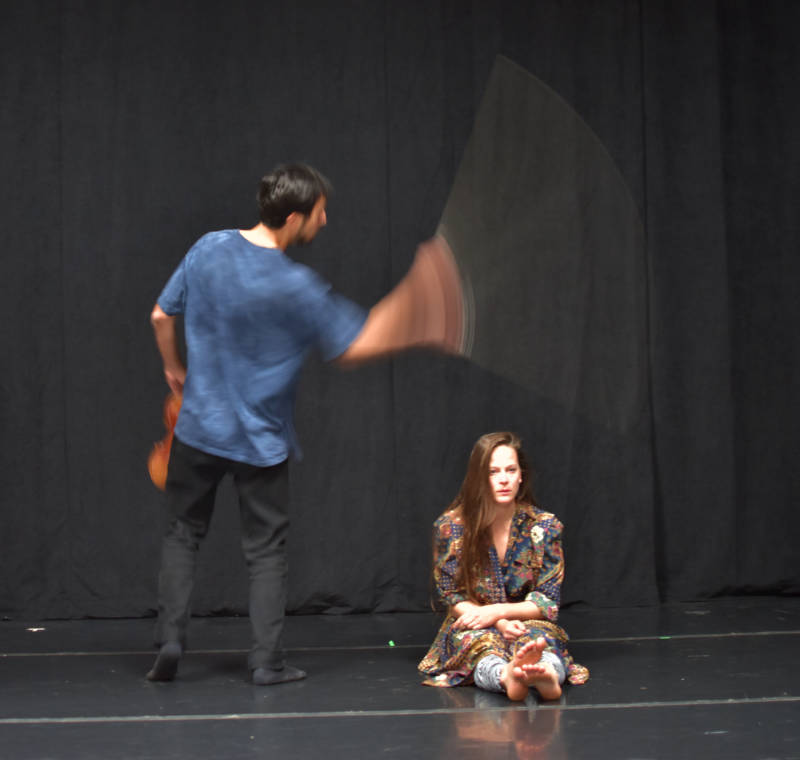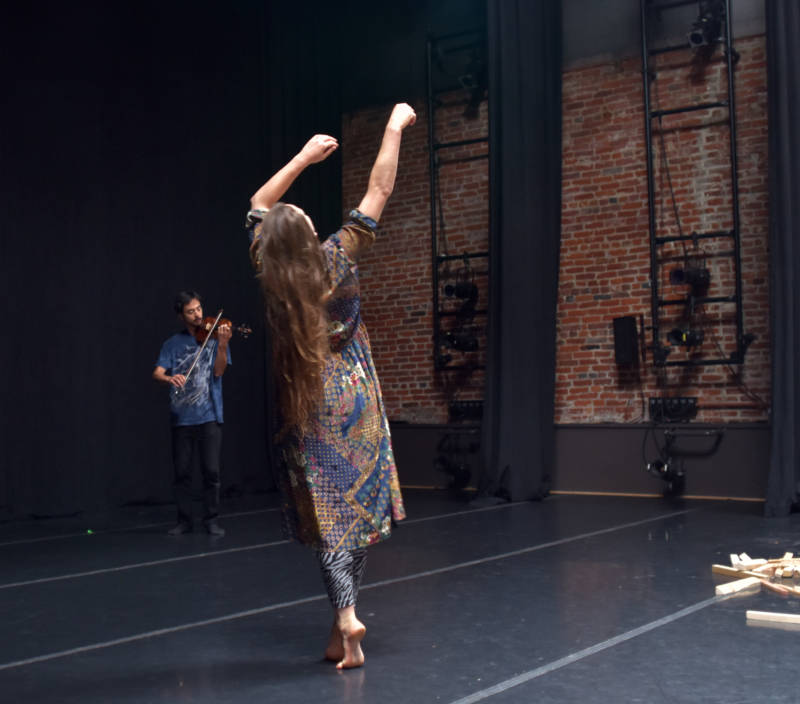Bobbi Jene Smith has amassed serious frequent flyer miles on her journey through the dance world.
The Iowa-born, Juilliard-trained dancer-choreographer decamped to Tel Aviv at age 21 to join the renowned Batsheva Dance Company. After 10 years as a Batsheva mainstay, and still at the peak of her performing abilities, she made the wrenching decision to return to the U.S. to find her own voice as a dance-maker. On Nov. 1, Smith unveils With Care, her second evening-length work at San Francisco’s ODC Theatre. (Her first, called A Study in Effort, made its West Coast debut there last fall.)
Smith is hardly the first dancer to make the career leap to choreographer. But rarely is this transition documented in the sort of frank and intimate detail traced by filmmaker Elvira Lind in her film Bobbi Jene, released in 2017. Lind captured the dancer’s emotional struggle of not only leaving the company that had become her home, but negotiating a long-distance relationship with her boyfriend, Or Meir Schraiber—another Batsheva dancer, 10 years her junior. Metaphors for Smith’s struggle played out in clips of her extraordinarily powerful dancing; in the film, she is seen both in the work of Ohad Naharin, Batsheva’s legendary founder, and as she hammers out her own choreography for what would become A Study in Effort. A decade of working in Gaga, Naharin’s signature dance technique, is evident in the extremes of jaggedness and fluidity that characterize Smith’s movement.
The quietly explosive documentary thrust Smith into the limelight. Much ink has been spilt over the nudity in her work, and a scene in which she reveals the effort required to achieve orgasm while grappling with a large sandbag.






